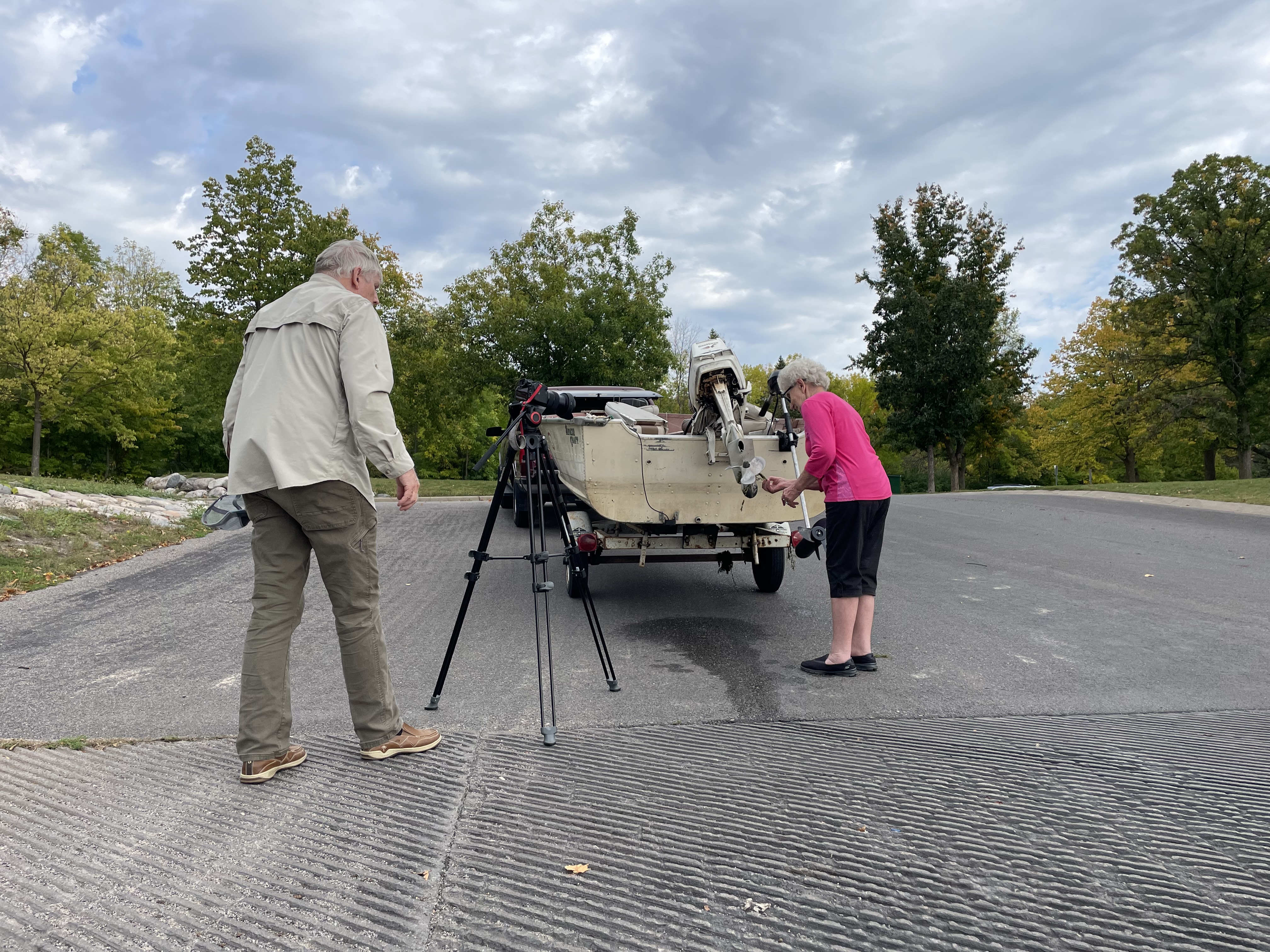This project will design and test innovative, engaging educational messaging and its ability to influence recreational boaters' intentions to perform behaviors that prevent the spread of aquatic invasive species.
The purpose of this project is to develop, test, and compare novel educational messaging to increase intentions to perform preventive behaviors among anglers who use boats to fish. Minnesota waterways remain at-high risk from aquatic invasive species (AIS), despite well-intended and widespread efforts to influence preventive behaviors. A priority AIS pathway is recreational boaters, particularly anglers. Existing and limited data reveal violation rates among boaters vary: they comply with some but not all required preventive behaviors. To better understand these choices, increase behavior intentions and ultimately protect waterways, we will:
- systematically observe and compare preventative behavior at select public landings among anglers who use boats to fish,
- conduct focus groups to understand behaviors observed,
- develop and test novel preventative behavioral messaging among anglers who use boats to fish; specifically we will compare typical photo/text messaging with augmented reality messaging to see if and how intentions to perform preventive messages vary.
Based on our findings, we will create a ‘best practices’ resource to guide educational organizations, resource managers, and scientists as well as work with existing professional and community-based (i.e. lake associations, AIS Detectors volunteers) AIS networks in Minnesota and beyond.
Progress update: February 2024
To gain insights into anglers' efforts to prevent the spread of aquatic invasive species (AIS), we conducted discreet observations at four boat landings and engaged in online interviews with anglers. These observations offered unbiased data on current behaviors, helping us establish a baseline for anglers who fish from boats. This information guides our future research, aimed at understanding and positively influencing the behaviors associated with this significant AIS pathway. Interviews further allowed us to delve into angler perspectives, aiding us in devising effective strategies to encourage their peers.
Drawing on our findings, a comprehensive literature review, and input from our advisory committee, we have crafted messages designed to enhance anglers' commitment to AIS prevention behaviors. Currently, we are in the process of developing visual content, utilizing photos and videos captured in 2023, to effectively convey these messages.

